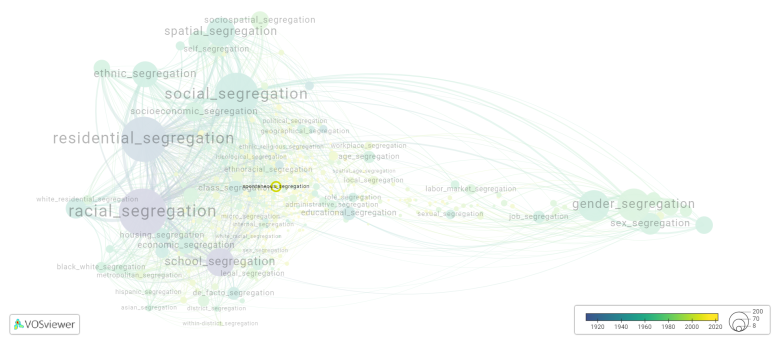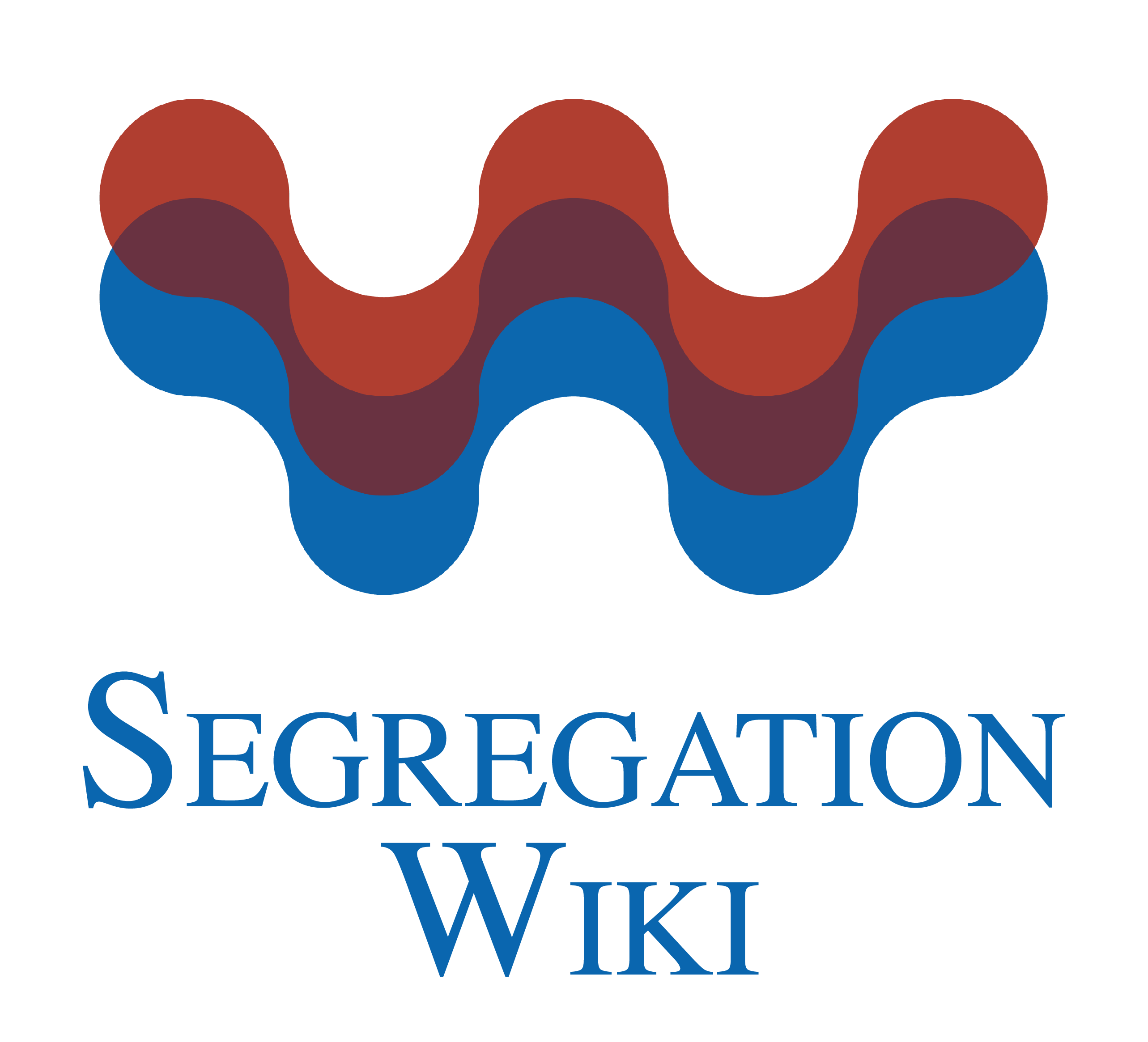Spontaneous segregation
Date and country of first publication[1]
2015
United Kingdom
Definition
Spontaneous segregation refers to the phenomenon where individuals or groups of people naturally separate themselves based on factors such as race, ethnicity, religion, or socioeconomic status. This can occur in various contexts, such as residential neighborhoods, schools, workplaces, or social settings.
Spontaneous segregation can arise from a variety of reasons, including personal preferences, cultural differences, historical factors, or discriminatory practices. It happens without the intervention or formal imposition of any governing authority or system.
While some people actively seek out or prefer to be with others who share similar backgrounds or experiences, spontaneous segregation can also perpetuate inequality and perpetuate social divisions. It can limit individuals' exposure to diverse perspectives and reinforce stereotypes or prejudices.
Addressing spontaneous segregation requires efforts to promote inclusivity, diversity, and equal opportunities for all individuals, as well as challenging discriminatory attitudes or practices that contribute to segregation.
See also
Related segregation forms
Spontaneous segregation is frequently discussed in the literature with the following segregation forms:
social segregation, residential segregation

This visualization is based on the study The Multidisciplinary Landscape of Segregation Research.
For the complete network of interrelated segregation forms, please refer to:
References
Notes
- ↑ Date and country of first publication as informed by the Scopus database (December 2023).
Spontaneous segregation appears in the following literature
Alorić A., Sollich P., McBurney P. (2015). Spontaneous segregation of agents across double auction markets. Lecture Notes in Economics and Mathematical Systems, 676(), 79-90. Springer Verlag.https://doi.org/10.1007/978-3-319-09578-3_7
Belloni M. (2016). Learning how to squat: Cooperation and conflict between refugees and natives in Rome. Journal of Refugee Studies, 29(4), 506-527. Oxford University Press.https://doi.org/10.1093/jrs/few033
